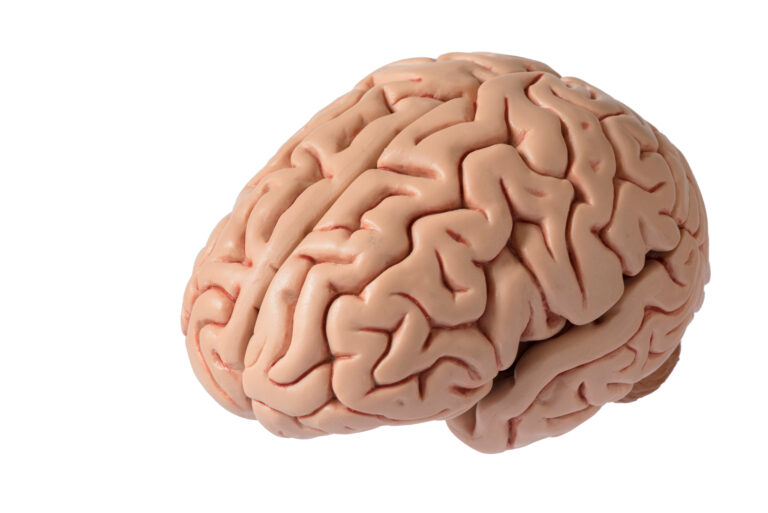Alzheimer’s disease is a progressive brain disorder that affects millions of people worldwide. It is the most common type of dementia, and it is characterized by memory loss, cognitive decline, and changes in behavior. Despite extensive research, there is still no cure for Alzheimer’s disease, and current treatments only offer temporary relief of symptoms. However, recent advancements in stem cell research have led to an innovative approach that may help us better understand and potentially treat this debilitating disease.
Stem cells are special types of cells that have the ability to develop into different types of cells in the body. They can be found in various tissues and organs, and they play a crucial role in the growth and repair of our bodies. In the past few decades, scientists have been able to isolate and culture stem cells in the laboratory, giving rise to a new field of research known as regenerative medicine.
One of the most exciting applications of stem cell research is its use in modeling diseases. By taking stem cells from patients with a particular disease and coaxing them to develop into the affected cells or tissues, scientists can create a model of the disease in a controlled laboratory setting. This allows them to study the disease progression and test potential treatments in a more accurate and personalized way.
This innovative approach has been particularly beneficial in studying Alzheimer’s disease. Until recently, researchers have relied on animal models or post-mortem brain tissue to study the disease, which has its limitations. With the use of stem cells, scientists can now create human brain cells with Alzheimer’s characteristics, providing a more realistic and relevant model for studying the disease.
One of the key advantages of using stem cells to model Alzheimer’s disease is the ability to observe the early stages of the disease. By using stem cells derived from patients with early-onset Alzheimer’s, researchers can track the changes in the cells as they develop into neurons (nerve cells) with Alzheimer’s-like characteristics. This has provided valuable insights into how the disease progresses and what factors may contribute to its development.
Additionally, this approach allows for the testing of potential treatments on the patient-specific stem cells. With traditional animal models, there is often a mismatch in genetics and biology, making it challenging to accurately test treatments. Using stem cells from patients with Alzheimer’s provides a better representation of the disease and allows for more effective testing of potential treatments.
Another benefit of using stem cells to model Alzheimer’s is the potential for early detection and diagnosis. Currently, Alzheimer’s is typically diagnosed when symptoms have already become apparent, and significant brain damage has occurred. However, by studying the changes in stem cells, researchers may be able to identify early biomarkers for the disease, allowing for earlier detection and potentially more effective interventions.
This innovative approach has already yielded promising results in the search for new treatments for Alzheimer’s disease. Researchers have been able to identify potential drug targets and test treatments that may slow or reverse the progression of the disease. One study using stem cell-derived brain cells found that a specific protein, amyloid-beta, plays a crucial role in the development of Alzheimer’s and may be a target for future treatments.
While there is still much to be learned about Alzheimer’s disease, the use of stem cells to model the disease has opened up new possibilities for research and treatment. By providing a more accurate and personalized model, scientists can gain a deeper understanding of the disease and potentially develop more effective treatments. This approach also has implications for other neurodegenerative diseases, such as Parkinson’s and Huntington’s, providing hope for better treatments and even cures in the future.
In conclusion, the use of stem cells to model Alzheimer’s disease is an innovative approach that has revolutionized our understanding of this complex and devastating disease. With its potential for early detection, personalized treatment development, and insights into disease progression, this approach holds great promise in the fight against Alzheimer’s. As research in this field continues to advance, we may one day find a cure for this debilitating disease thanks to the power of stem cells.





